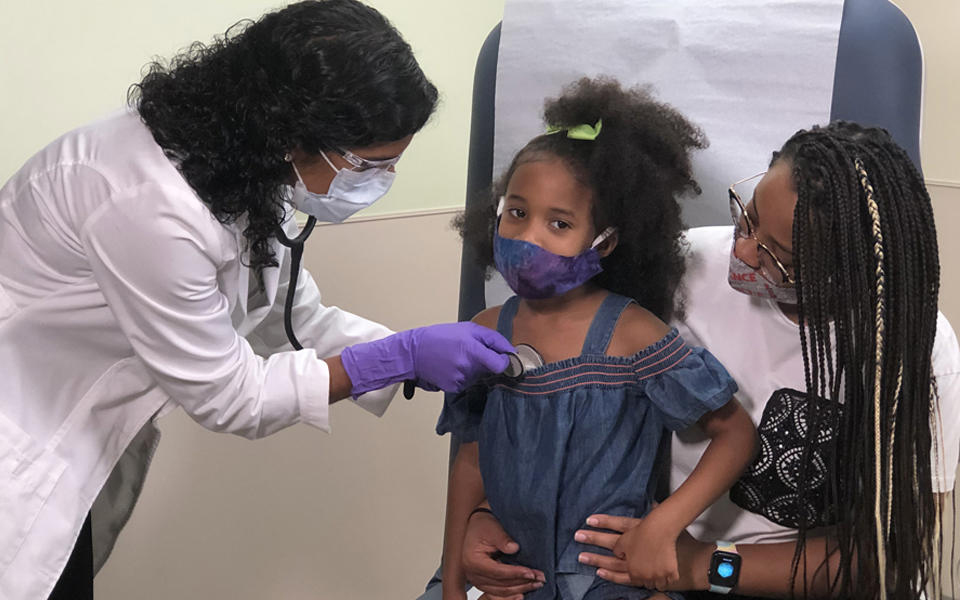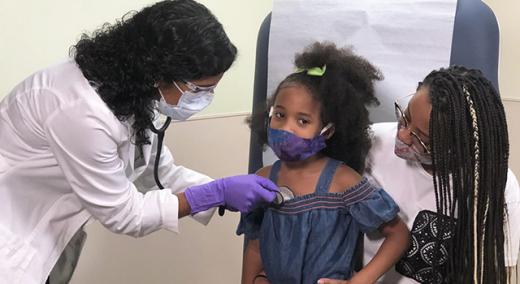‘What would be important to you in the care of your daughter?” John Chessare, president and CEO of Baldrige Award-recipient GBMC HealthCare (GBMC), asked a virtual Quest for Excellence conference audience.
|
ADVERTISEMENT |
“The No. 1 answer is always that people want the best possible health outcome for their loved one; but that’s not enough,” Chessare said. “It’s also of the highest importance that we treat our loved ones with compassion and kindness, that we eliminate inordinate waiting and confusion, and we roll all of this into the best possible satisfaction with the way the care is delivered.”

Credit: GBMC HealthCare System
…

Add new comment